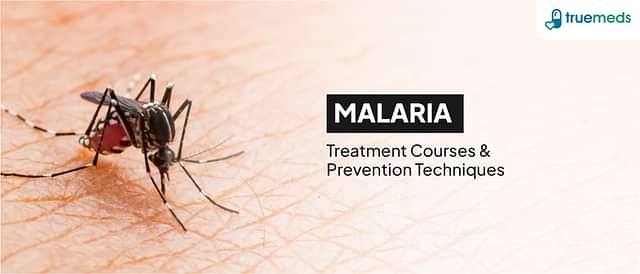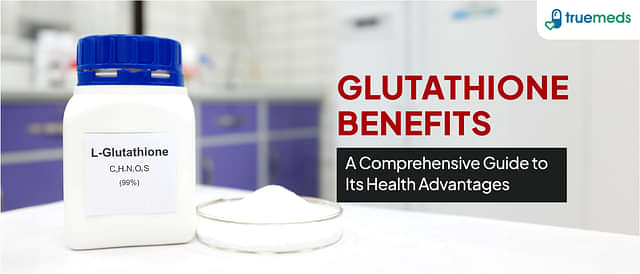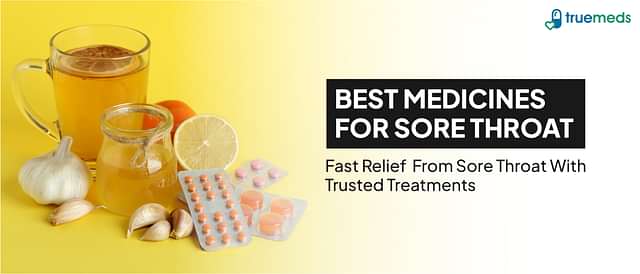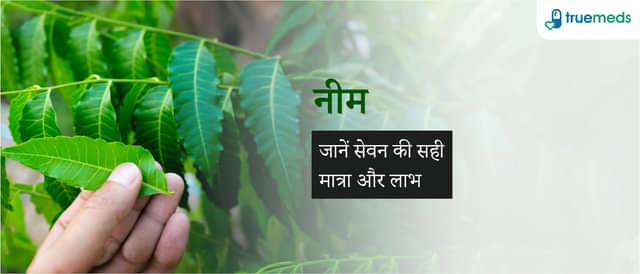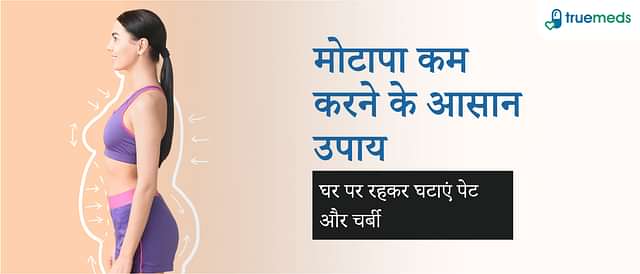Understanding Monkeypox: Symptoms and Prevention Strategies
Last updated on : 18 Mar, 2025
Read time : 8 min
Monkeypox, now officially called mpox by the World Health Organization (WHO), is a viral illness that has recently gained global attention due to outbreaks in non-endemic countries. Although less severe than smallpox, mpox presents with distinct symptoms and requires specific prevention strategies to control its spread. Understanding this disease is crucial for public health, as it can affect diverse populations.
What is Monkeypox?
Monkeypox is a rare viral illness caused by the monkeypox virus, which belongs to the Orthopoxvirus genus. It is closely related to the smallpox virus but is less contagious and generally less severe. The virus was first discovered in 1958 in a monkey colony in Denmark, and the first human case was reported in 1970 in the Democratic Republic of Congo. Mpox is primarily transmitted through close contact with an infected person, either through direct contact with skin lesions or bodily fluids or indirectly through contaminated materials. It can also be transmitted from animals to humans, especially from rodents in endemic regions.
Understanding the Causes of Monkeypox
Monkeypox is caused by the monkeypox virus (MPXV), a double-stranded DNA virus belonging to the Orthopoxvirus genus within the Poxviridae family. The key causes of monkeypox include:
- Zoonotic transmission from infected animals, primarily rodents like rope squirrels and Gambian rats in Africa
- Contracting the virus through bites, scratches, or handling infected animals during activities such as hunting
Although the virus was first isolated in 1958 from a monkey colony, monkeys are not the primary transmitters of the disease. Understanding how monkeypox spreads is crucial for effective prevention and control.
How is Monkeypox Spread and Transmitted?
Monkeypox can be transmitted through various routes, including animal-to-human and human-to-human transmission. The key transmission methods are:
- Animal-to-human transmission via bites, scratches, or handling infected animals, particularly during hunting and butchering bushmeat
- Human-to-human transmission through direct contact with bodily fluids, skin or mucous lesions, and respiratory droplets, especially during close contact activities like hugging, massaging, kissing, and sexual intercourse
- Indirect transmission through contact with contaminated objects, fabrics, or surfaces, such as bedding, towels, or sex toys
- Vertical transmission from pregnant individuals to their foetus through the placenta
- Less commonly, transmission via respiratory droplets during prolonged face-to-face contact
Symptoms of Monkeypox
Monkeypox presents with a range of symptoms that can vary in severity from person to person. The most common symptoms include:
- Fever, headache, muscle aches, back pain, and fatigue
- A distinctive rash that starts on the face and spreads to other parts of the body, including the palms, soles, groin, and genital areas
- The rash progresses from flat red bumps to fluid-filled blisters, which then fill with pus before crusting over and healing
- Swollen lymph nodes, which help distinguish monkeypox from other similar conditions like smallpox and chickenpox
- In some cases, lesions may also occur in the mouth, throat, anus, rectum, or vagina, causing severe pain and urinary difficulties
Symptoms typically appear 6-13 days after exposure to the virus. If you suspect you may have monkeypox, it is essential to seek medical attention for proper diagnosis and treatment.
How is Monkeypox Diagnosed?
Diagnosing monkeypox involves a combination of clinical assessment and laboratory testing. Here is what you can expect:
- Your doctor will evaluate your symptoms, particularly the presence of the characteristic rash and swollen lymph nodes, to differentiate monkeypox from other conditions
- To confirm the diagnosis, a polymerase chain reaction (PCR) test will be performed on tissue samples or fluids collected from the rash lesions
- Additional tests may be conducted to rule out other conditions, such as analysing skin particles or pustule fluids
Can Monkeypox be Treated?
While there is no specific cure for monkeypox, several measures can be taken to manage symptoms and prevent complications:
- Treatment primarily focuses on supportive care, such as managing pain and fever with medications, as well as providing wound care and addressing any bacterial superinfections
- In some cases, antiviral drugs, originally developed for smallpox, may be used to treat monkeypox, although their efficacy is still being studied
- Vaccination with the smallpox vaccine can provide significant protection against monkeypox, reducing the risk of infection by approximately 85%, and specific vaccines for monkeypox are also in development
It is essential to work closely with your doctor to develop a personalised treatment plan that addresses your specific needs and helps you manage the symptoms effectively.
| Quick Tips: To manage monkeypox at home, focus on isolation in a well-ventilated room, keeping distance from uninfected individuals. Maintain good hygiene by washing hands frequently and avoiding contact with lesions. For symptom relief, use paracetamol for pain and take warm baths with baking soda or Epsom salts. Ensure adequate hydration and nutrition, possibly supplementing with vitamin A for wound healing. Monitor mental health by staying connected with loved ones and engaging in relaxing activities. |
How to Prevent Monkeypox
Preventing monkeypox involves a combination of strategies, including:
- Avoiding close contact with individuals who have a rash resembling monkeypox and steering clear of skin-to-skin contact, particularly in areas where the rash is present.
- Getting vaccinated with the JYNNEOS vaccine, which is recommended for prevention, and ensuring you receive both doses, spaced 4 weeks apart, for optimal protection.
- Practising good hygiene by washing your hands frequently with soap and water or using an alcohol-based hand sanitiser, especially before eating, after using the bathroom, and after touching potentially contaminated objects.
- Avoiding handling or touching the bedding, towels, or clothing of a person with monkeypox and not sharing eating utensils or cups with someone who is infected.
- Modifying social activities that involve close personal contact, such as sex or attending crowded events with minimal clothing, if you are at risk but have not received your two-dose vaccine.
- Using protective barriers like condoms or dental dams if lesions are present in genital areas and avoiding kissing or touching the rash during sex.
Monkeypox Vaccines
The JYNNEOS vaccine is administered in two doses, spaced 4 weeks apart, and provides the best protection when both doses are received. This vaccine is particularly advised for individuals who are close contacts of someone diagnosed with monkeypox and should be administered as soon as possible after exposure, ideally within 4 days, to prevent the disease or make it less severe if contracted. The JYNNEOS vaccine offers robust protection against monkeypox, and adherence to the recommended vaccination schedule is essential for optimal effectiveness.
In summary, by recognising the symptoms of monkeypox, which include fever, headache, muscle aches, and a characteristic rash, and implementing prevention strategies such as vaccination, avoiding close contact, and maintaining good hygiene, individuals can significantly reduce their risk of contracting the virus. As the virus continues to evolve, staying informed and proactive is key to managing and preventing monkeypox infections effectively. Early detection and preventive measures can ensure that the majority of patients recover without severe complications, highlighting the importance of public awareness and compliance with health recommendations.
Frequently Asked Questions (FAQ)
The first signs of monkeypox typically include flu-like symptoms such as fever, headache, malaise, and swollen lymph nodes, followed by the development of a characteristic rash.
Monkeypox starts with an incubation period of 6-13 days after exposure, during which flu-like symptoms appear, followed by the onset of the monkeypox rash.
The treatment for monkeypox mainly involves supportive care, including wound management, pain control, and addressing bacterial superinfections and other complications. Antivirals developed for smallpox may also be used.
To prevent monkeypox, avoid close contact with infected individuals, refrain from sharing contaminated items, maintain hand and environmental hygiene, and avoid contact with potentially infected animals. Vaccination is recommended for high-risk individuals.
Yes, most cases of monkeypox resolve spontaneously within 2 to 4 weeks without specific treatment. The person is no longer contagious once all symptoms have subsided and scabs have healed completely.
The monkeypox virus can be inactivated through proper disinfection of surfaces and objects, wearing protective equipment like masks and gloves, and maintaining good hygiene practices, including frequent handwashing.
Monkeypox is diagnosed by a healthcare provider who assesses symptoms and risk factors, followed by collecting specimens from skin lesions for PCR testing to confirm the diagnosis.
References
Disclaimer
Our healthcare experts have carefully reviewed and compiled the information presented here to ensure accuracy and trustworthiness. It is important to note that this information serves as a general overview of the topic and is for informational purposes only. It is not intended to diagnose, prevent, or cure any health problem. This page does not establish a doctor-patient relationship, nor does it replace the advice or consultation of a registered medical practitioner. We recommend seeking guidance from your registered medical practitioner for any questions or concerns regarding your medical condition.
Popular Articles
Recommended Articles
Recent Articles
Top-Selling Medicines:
...View more
Top-Selling OTC:
...View more
Company
About UsHealth ArticleHealth StoriesDiseases & Health ConditionsAll MedicinesAll BrandsNeed HelpFAQSubscribe
Registered Office Address
Grievance Officer
Download Truemeds

Contact Us
Our customer representative team is available 7 days a week from 9 am - 9 pm.
v3.7.8
Our Payment Partners










